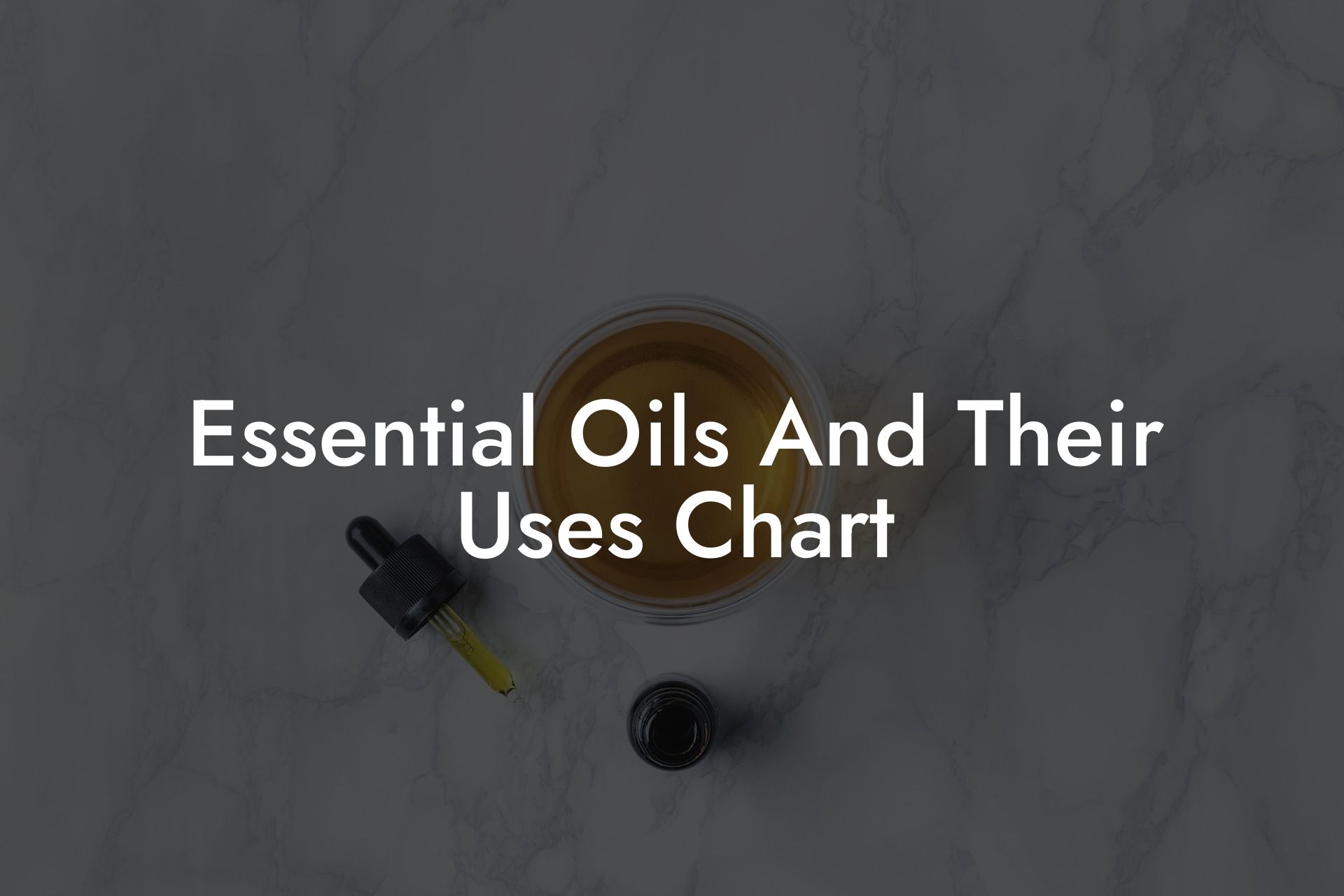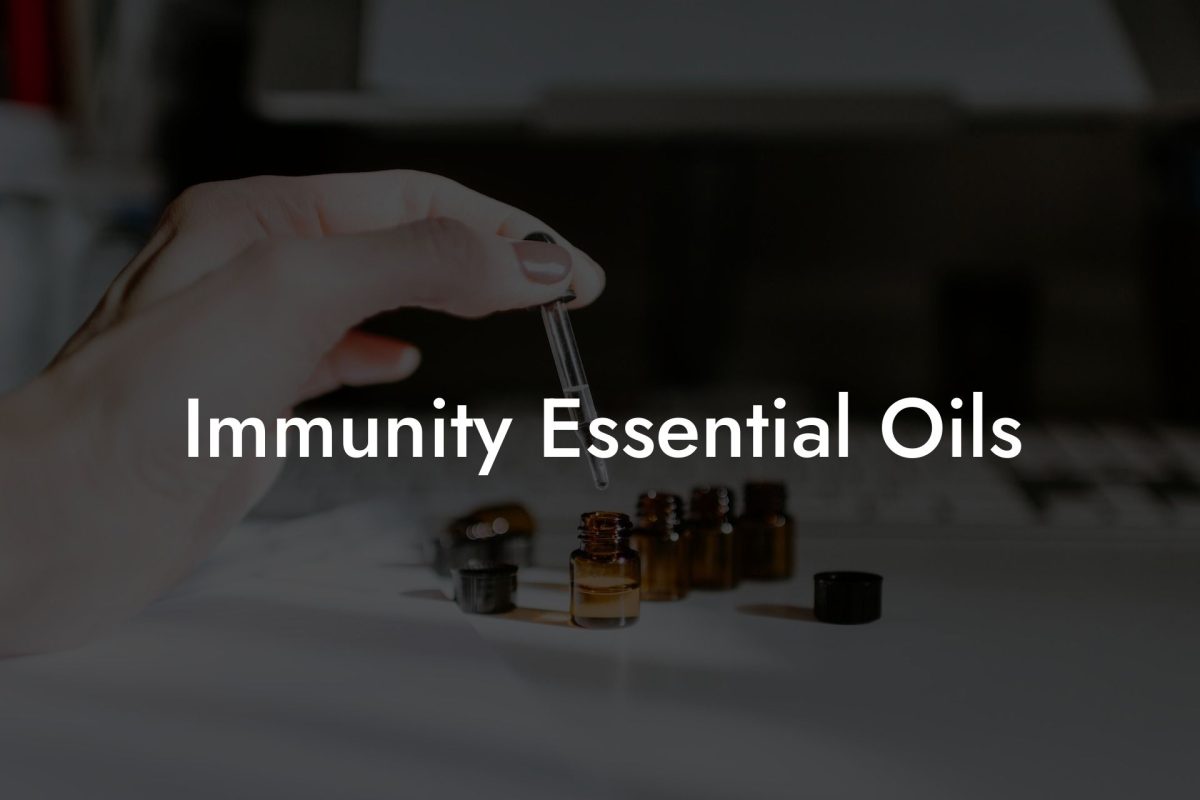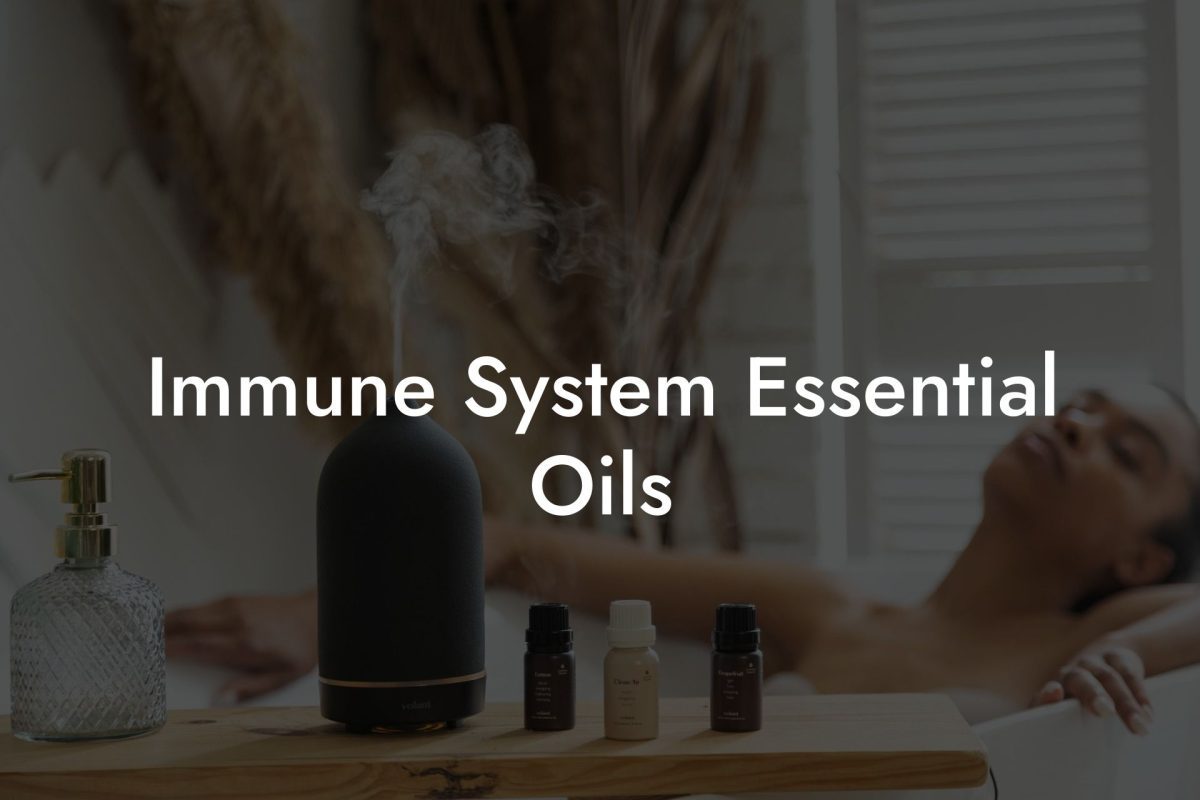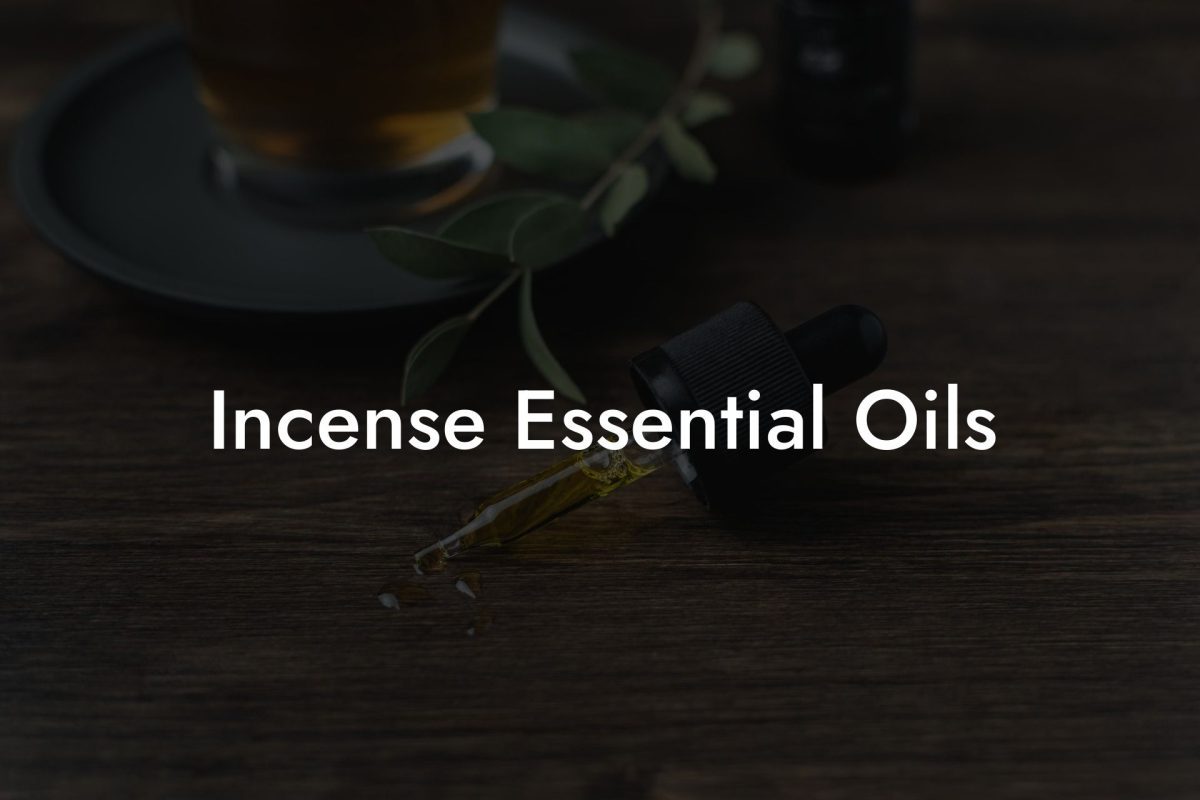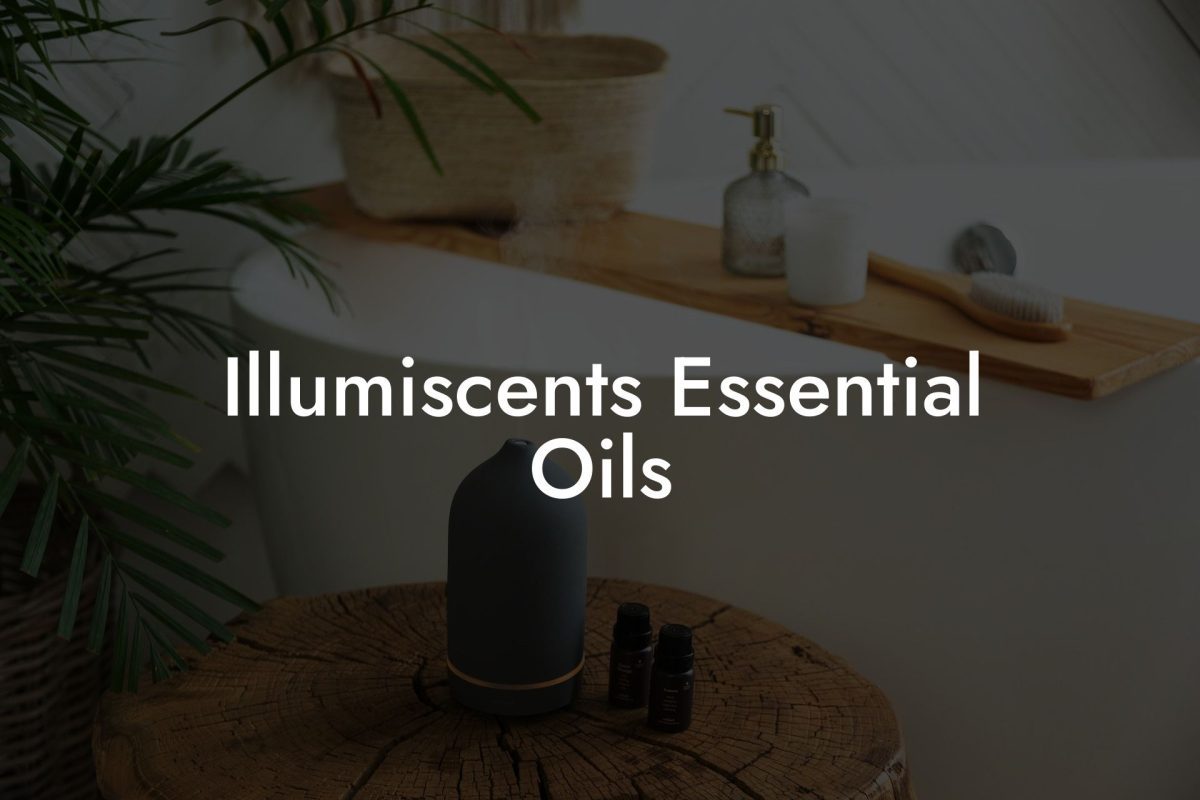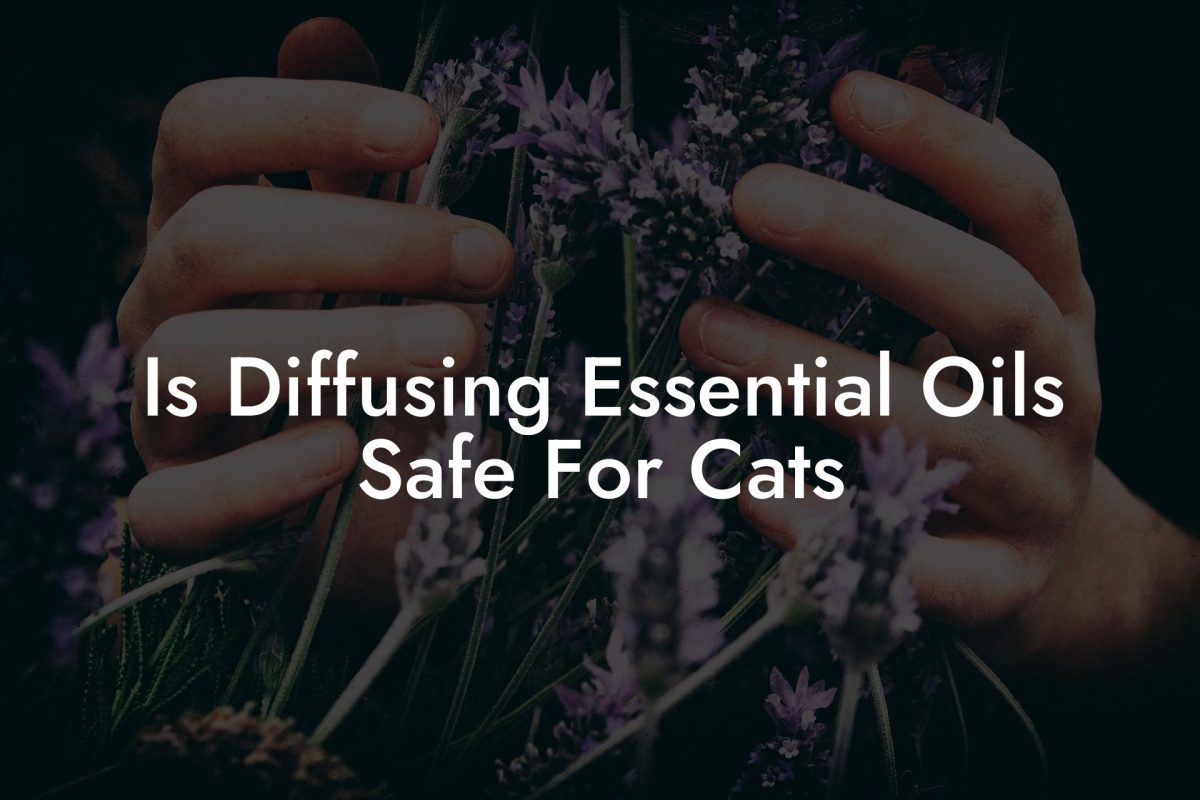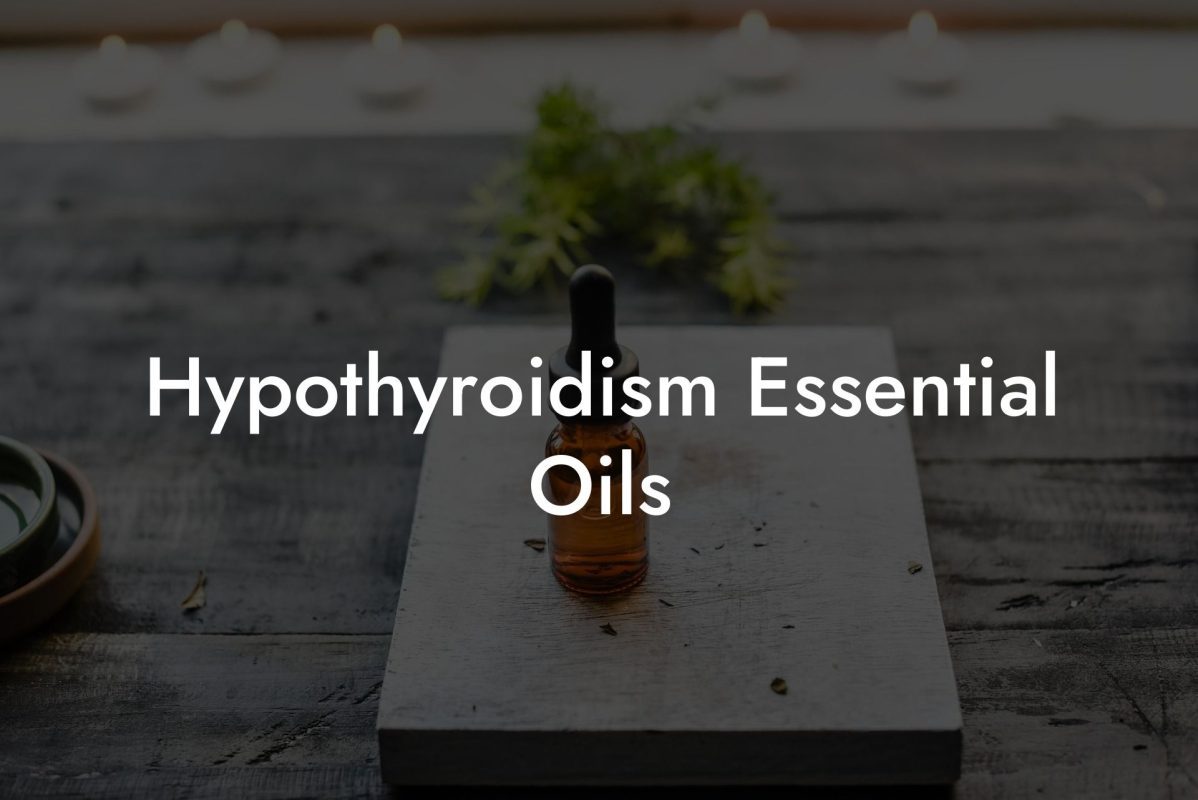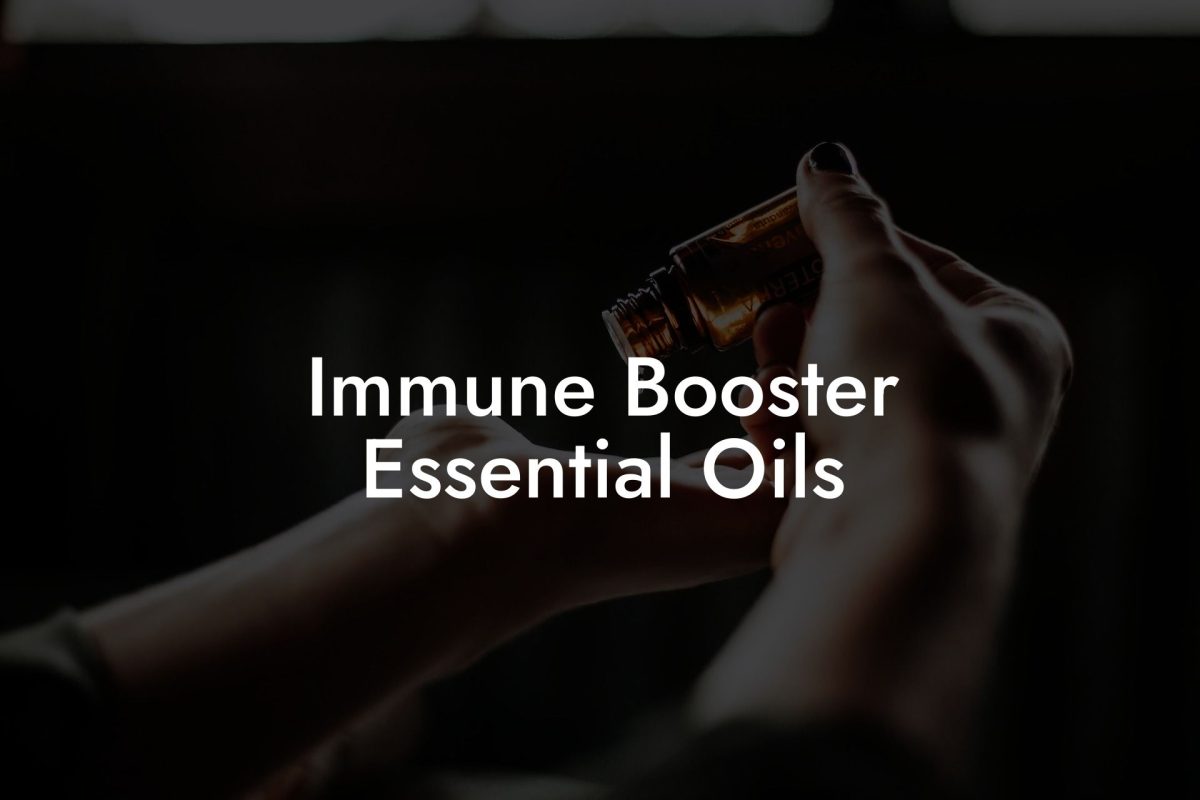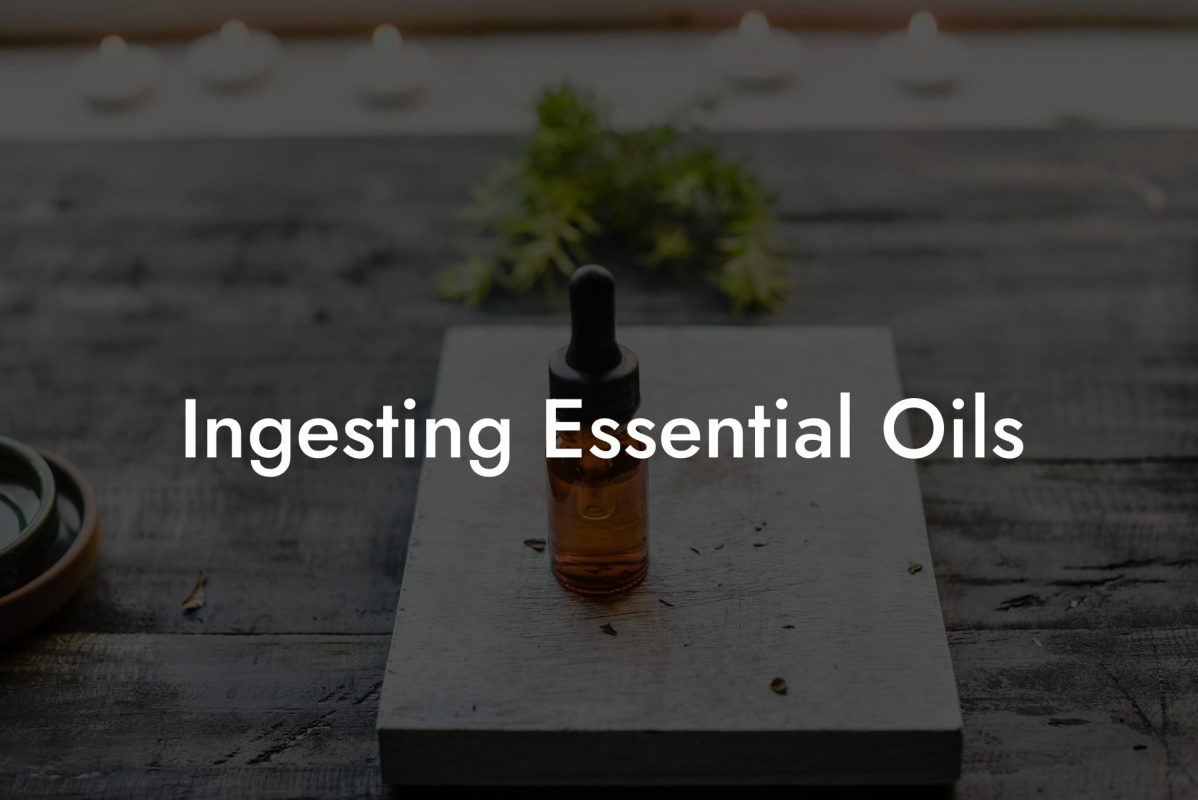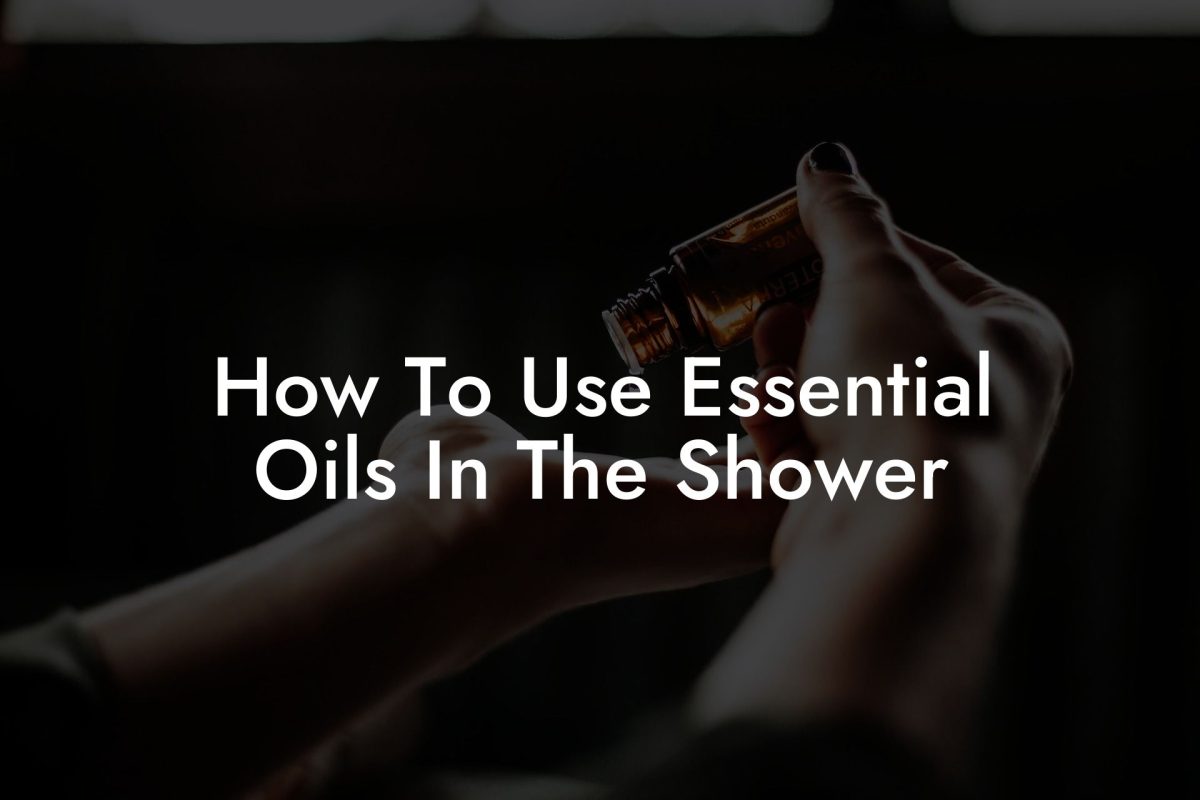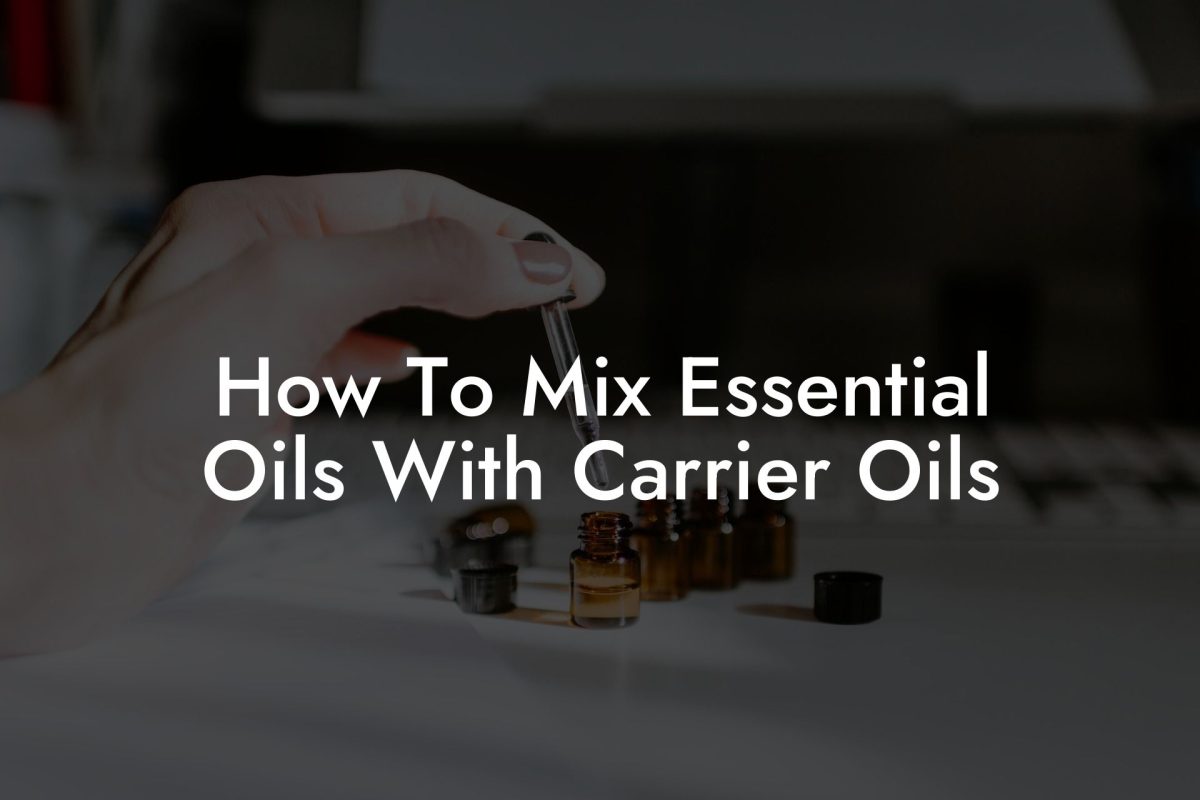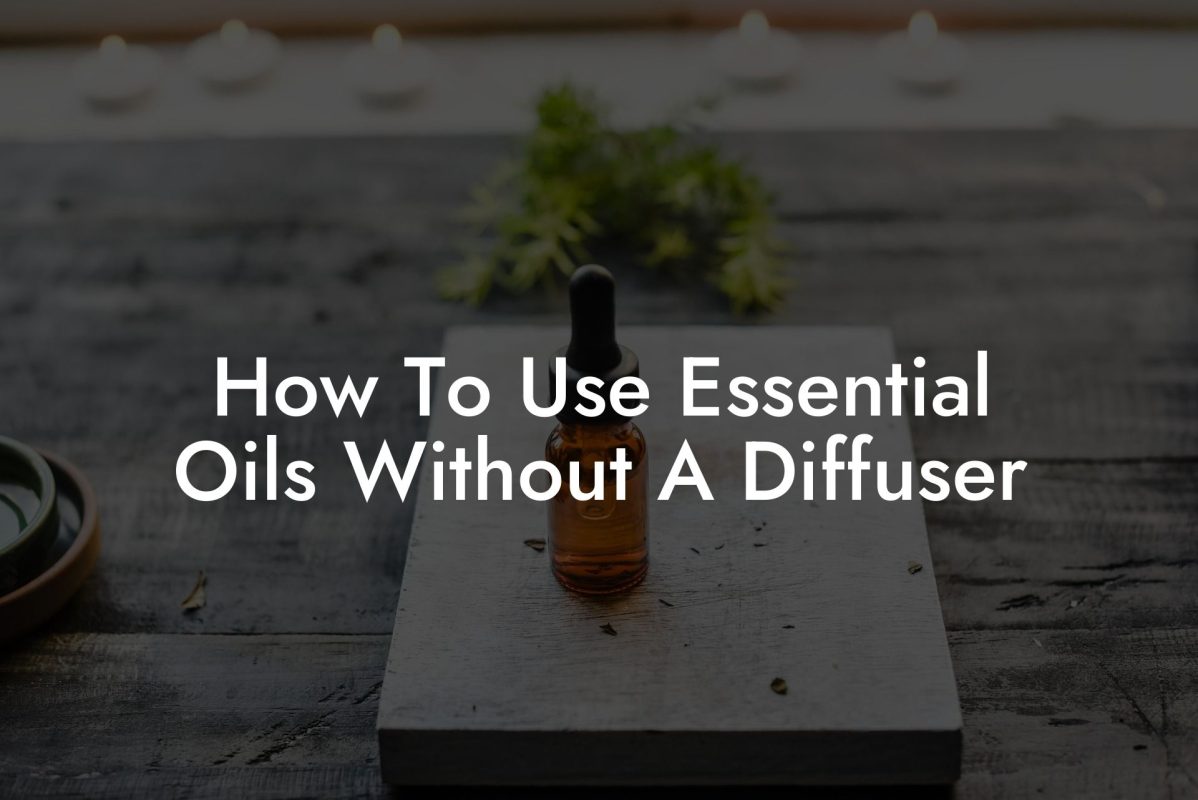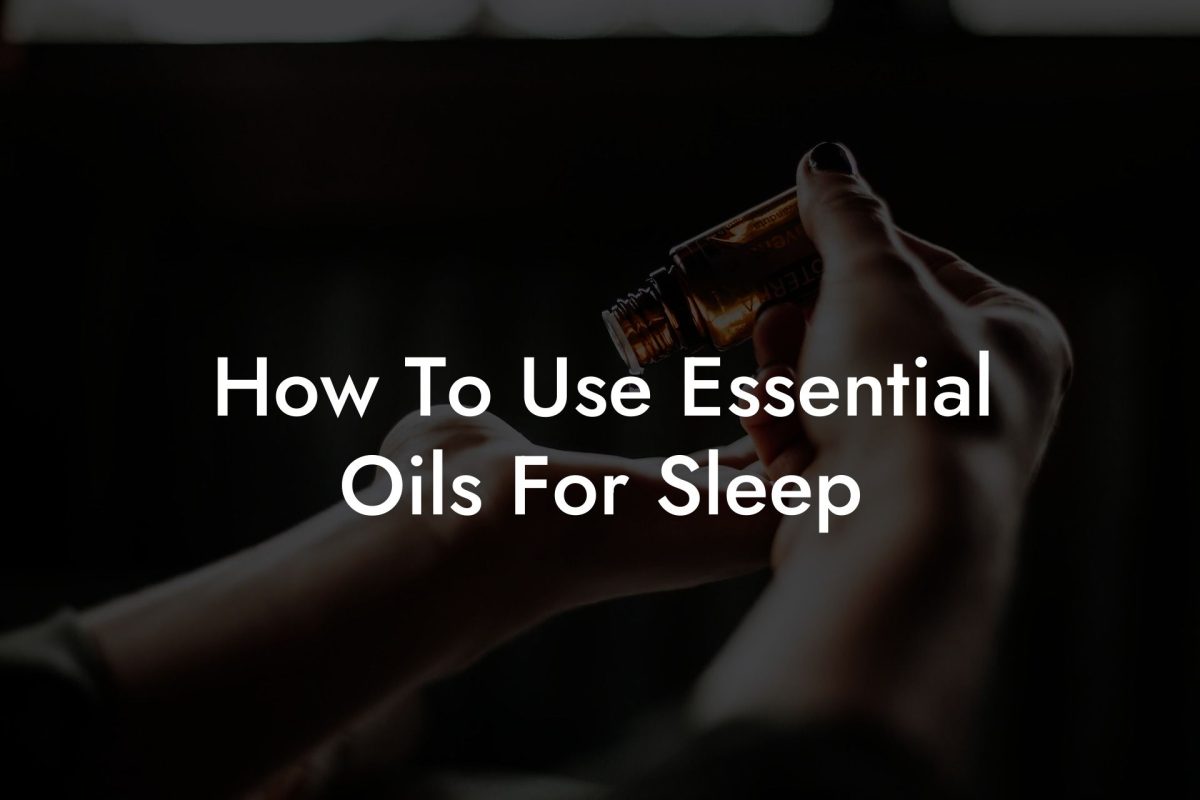Essential oils have been a staple in natural remedies and holistic wellness for centuries. Thanks to their powerful therapeutic properties, they can provide relief from a variety of ailments while also promoting overall health and well-being. With so many unique oils to choose from, how do you know which ones to incorporate into your wellness routine? In this article, we’ll dive into the wonderful world of essential oils and provide you with a comprehensive essential oils and their uses chart, so you can make informed choices when selecting the right oils for your lifestyle.
Table of Contents
A Brief Overview of Essential Oils
Essential oils are concentrated liquids extracted from the fragrant parts of plants, including leaves, flowers, and roots. They are highly concentrated and powerful, which is why they are diluted before use. Aromacology studies the effects and benefits of essential oils on our mind and body, and it plays a key role in determining the best oil combinations for specific needs.
Essential Oils and Their Uses Chart
To help you navigate the endless possibilities, we’ve created a straightforward chart that breaks down popular essential oils, their applications, and benefits.
- Lavender – Relaxation, stress relief, and sleep support
- Peppermint – Energy boost, mental clarity, and headache relief
- Eucalyptus – Respiratory support, congestion relief, and immune system boost
- Tea Tree – Skin health, acne treatment, and antifungal properties
- Frankincense – Anti-inflammatory, immune system support, and spiritual connection
- Rosemary – Mental clarity, memory enhancement, and hair growth
- Chamomile – Relaxation, sleep support, and skin health
- Lemon – Uplifting, cleaning agent, and digestion aid
- Bergamot – Stress relief, balance, and mood elevation
- Ylang Ylang – Sensuality, aphrodisiac, and blood pressure regulation
How to Use Essential Oils
You can incorporate essential oils into your daily life in a number of ways, such as:
- Aromatherapy – using a diffuser or nebulizer
- Topical application – mixed with a carrier oil or added to lotions and creams
- Steam inhalation – adding a few drops to a bowl of hot water
- Bath – mixing with Epsom salts or bath oils
- Massage – blending with a carrier oil for a soothing and relaxing experience
It’s important to note that essential oils should never be ingested without professional guidance.
Essential Oils And Their Uses Chart Example:
Imagine you’ve had a long, stressful day and you’re looking to unwind before bed. Based on our chart, you might opt to diffuse lavender essential oil in your bedroom or add a few drops to a warm bath. This could help relax your mind and body, preparing you for a restful night’s sleep. The next morning, you might choose peppermint oil to give yourself a revitalizing boost of energy as you get ready for the day ahead.
As you can see, essential oils offer a vast array of benefits that can significantly enhance your overall well-being when used correctly. We hope this essential oils and their uses chart serves as a valuable resource as you embark on your journey to natural health and wellness. Don’t forget to share this article with friends and family who may be interested in incorporating essential oils into their lives. Be sure to explore the other informative guides we’ve created here at Oshu Oils and, most importantly, discover our range of artisan essential earth oils expertly blended to support your well-being at every turn.

